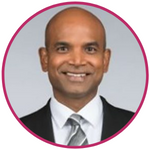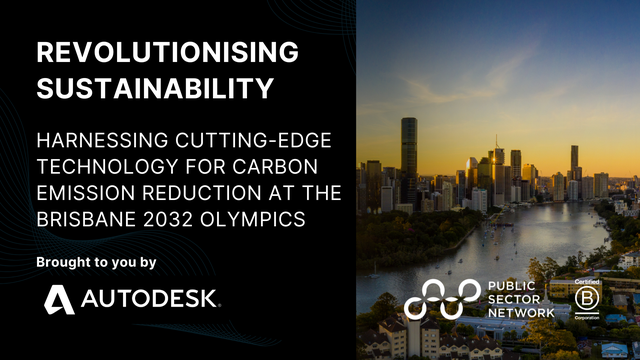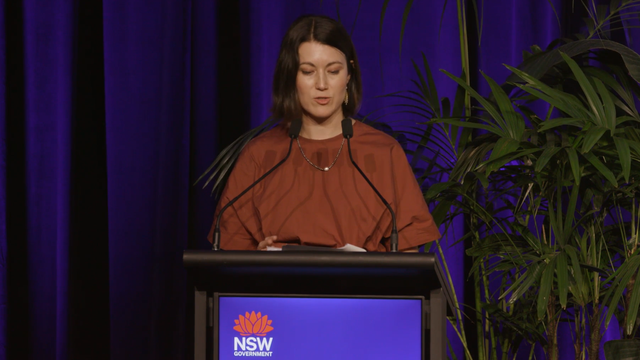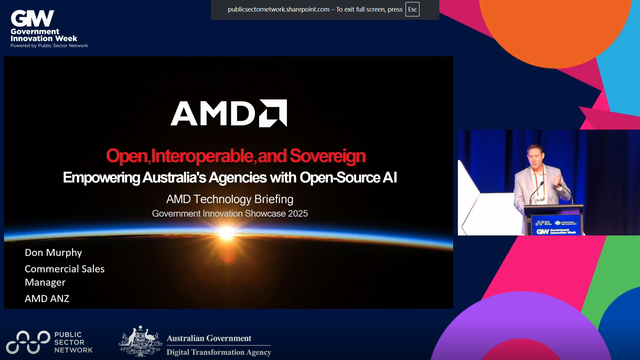Achieving Strategic Objectives and Outcomes through Improved Procurement and Contract Management Practices

Hear from
Ravin Balendran
, the Director of Procurement & Contract Management from
City of Melbourne
on strategic procurement and effective contract management.
Strategic procurement and effective contract management
Local councils around Australia increasingly deal with a rising number of services and issues, and thus their procurement and contract management enterprises are constantly growing too. However, as Ravin Balendran , the Director of Procurement & Contract Management at the City of Melbourne says, “to be effective” in this area they decided to work smarter and therefore underwent “a transformation journey.”
For the City of Melbourne this was particularly important because despite all the lockdowns and challenges of late, it is “still considered the most liveable city in Australia.” From a practical perspective, the City is 37km 2 in area and borders seven other councils. It has a population of 201,000, but that is “forecast to rise to 340,000 by 2040.” The City is responsible for an economy of “$104 billion, which is effectively 24% of Victoria’s and 7% of Australia’s overall economy.” In general, over a million people or “users interact with the city each day.” All of this is a “big responsibility” for the council. As such there are “nearly 1,700 employees of the council spread across seven divisions and 30 branches, including from capital works and childcare to aged care, community services and events. It’s very diverse.”
A transformative process was required because a number of challenges and opportunities were identified with regards to procurement and contract management. Previously, purchasing was done from a “tactical rather than a strategic framework.” Also, although there are commercial expectations, these are hard to enforce given that there are “very rigid government policies, acts and legislations as well as probity requirements.” There are also increasing “community expectations which can drive decision making, and the definition of value means different things to different branches,” especially for minority groups. At the same time, the council is committed to being sustainable and innovative, “so there is always a tension between some of these outcomes, which causes a challenge.” There was an opportunity however to change because despite all these challenges, “our procurement scope is very large.”
The first step in the transformation journey, “which began in late 2017, early 2018,” was to articulate “a clear vision and purpose.” In this case it was to “be bold, inspirational and sustainable, and to deliver a world-class procurement function that enables a commercially focussed local government organisation.” Having this “instils within the team a purpose to what they do every single day.” It also makes it as much of a “cultural journey” as an actual journey of change because the people need to understand why they are there. In this case it is “for a team of 12” who manage “$326 million worth of expenditure based on last year’s figures, which is a very large supply base and reflects the breadth of items that we buy, from nappies for our childcare centre, to capital works programs.” This figure might even increase, with a plan for “a further $500 million worth of capital works over the next two years” in partnership with the federal government. There is also “about $178 million contracted through our suppliers.”
A procurement framework was established “which was deliberately policy driven, and we focussed on getting the policy right from a strategic enabler perspective.” This was so that the procurement team knew what was involved in procurement, including knowing about any legislative or other reforms that might impact them. “Then we looked at people, processes and technology.” The intention was for the reforms to develop “a centre-led procurement strategy and structure with a centralised function that provides consulting and advisory to the branches, and to minimise cost, enhance innovation and to manage risk.” In many ways it was about ensuring that each of the category managers also becomes a “relationship manager,” because ultimately procurement is about relationships.
From 2018 till today there has been a steady rise “up the value chain” as a result of the transformations. They went from decentralised purchasing to centralised strategic sourcing in the first year, and then to category managers. This was partly because “you can only squeeze the sourcing lemon so much. It’s about extracting further value out of contracts.” And then from there they moved to supplier and contract management and then to SRM, a supply relationship management program which includes strategy and analytics. This has been essential because “we actually outsource many of our transactional and operational activities, from parks and road management to trees and facilities management, but we didn’t have a contract management or supply management program.” The SRM has provided critical features to take the organisation forward, and the next step next year is to incorporate “innovation and automation to get further value.”
As part of the journey, a supplier management framework was also created, in order to “mitigate supply risk and increase performance,” and also to reduce costs. One of the main areas of focus is the need to “hold suppliers accountable for service delivery.” Though there are many suppliers, through the SRM “we’ve identified 15 suppliers as key strategic ones that we want to focus on.” There are currently 19 contracts with those 15 suppliers worth about $100 million. The intention is to expand this to other suppliers, but the problem is that for large deals “we have to go to open tender” even if there are existing relationships with suppliers. Particularly for the capital works program this can be a problem, but it is part of the next phase and will include greater relationship building. In fact, to maintain current relationships, the SRM produces a monthly report on domains like “performance risk, financial performance, innovation, sustainability and operational performance. All those elements are discussed with the suppliers. To be successful, the supply chain values and risks “are identified at the sourcing phase and managed across the full procurement lifecycle.”
Results of the transformation
The biggest change as a result of the transformation journey, apart from the “financial benefits to the budget” and the “uplift of capability”, was around culture. Due to the nature of public procurement, “we can’t offer bonuses,” unlike in the commercial world, but as a City “we can offer something more.”
One way to build trust and “a cohesive team” was by “having crucial conversations and clearly aligned priorities to avoid constant change.” The team also created “clear roles and responsibilities because since we were increasing our scope, we actually needed to have a very clear and deliberate operating model with defined and clear PDs.”
As a result of the procurement and contract management transformation “we are really proud that we created a new team culture too, and that we could bring the team along on that cultural journey as we’ve gone through our transformation.”


































